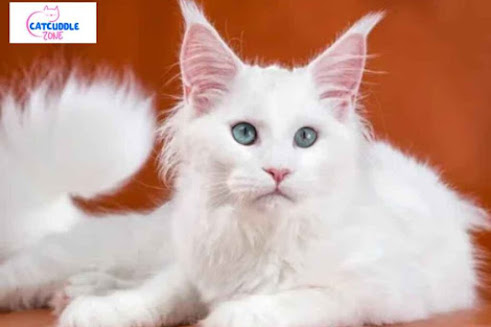Cat Eye Shapes & Pupil Sizes: What They Mean & When to Worry
Cats are known for their mysterious, glowing eyes—but did you know that your cat's eye shape and pupil size can tell you a lot about their mood, health, and even safety?
Understanding your cat’s eyes isn't just fascinating—it's essential. Let’s explore what different cat eye shapes and pupil sizes mean and when it might be time to worry.
🐱 The Basics of Cat Eyes
Cat pupils are uniquely vertical and slit-shaped when relaxed. But depending on lighting, mood, and physical health, their pupils can narrow into slits, widen into large circles, or even become uneven.
Healthy cat eyes should be:
-
Clear and bright
-
Equal in size
-
Responsive to light
-
Free from discharge or redness
Let’s dive deeper into what different shapes and sizes can tell you.
👁️ Common Cat Pupil Shapes & What They Mean
1. Vertical Slits (Relaxed or Focused)
This is the most common pupil shape in normal lighting. It means your cat is relaxed, alert, and comfortable in its environment.
2. Dilated Pupils (Large, Round Eyes)
Wide, circular pupils can mean a few different things:
-
Excitement or playfulness (especially in kittens)
-
Fear or stress
-
Low light conditions (a normal response)
-
Pain or underlying medical issues
If the dilation is prolonged or random, it might indicate:
-
High blood pressure
-
Vision problems
-
Hyperthyroidism
-
Neurological issues
3. Constricted Pupils (Tiny Slits)
Narrow, tiny pupils in a bright setting are normal—but if your cat’s eyes stay constricted in low light or seem tense, it may signal:
-
Pain
-
Aggression
-
Fear
-
Eye injury
🔍 Eye Shape Clues to Look For
Cats also communicate through their overall eye shape:
➤ Wide, Open Eyes
This can indicate curiosity, excitement, or even fear. Context matters. If paired with a twitching tail or flattened ears, your cat is likely anxious.
➤ Squinting or Half-Closed Eyes
A sign of trust and relaxation. Cats will often squint slowly at people they love—this is sometimes called the "cat kiss."
⚠️ But beware: Persistent squinting or rubbing could mean an eye infection or injury.
➤ Unequal Pupils (Anisocoria)
This condition, where one pupil is larger than the other, could be harmless—or a sign of something serious like:
-
Head trauma
-
Glaucoma
-
Retinal issues
-
Neurological conditions
If you notice uneven pupils, contact your vet right away.
🐾 When to Worry About Your Cat’s Eyes
Keep an eye out for these red flags:
-
Cloudiness or a bluish tint in the eyes
-
Excessive tearing or discharge
-
Redness or swelling
-
Eye pawing or squinting
-
Unequal pupil size
-
Persistent dilation or constriction
These may indicate issues like:
-
Eye infections (conjunctivitis)
-
Corneal ulcers
-
Uveitis
-
Glaucoma
-
High blood pressure
-
Trauma
👩⚕️ When to See a Vet
If your cat’s eyes suddenly change in shape, pupil size, or appearance—don’t wait. Cats are excellent at hiding pain. Quick veterinary care can prevent permanent damage and help preserve vision.
Signs that require immediate vet attention:
-
Sudden blindness or bumping into things
-
One eye constantly shut
-
Bloodshot or bulging eyes
-
Yellowing in the whites of the eyes
🧠 Final Thoughts: Your Cat’s Eyes Tell a Story
Your cat’s eyes are not just beautiful—they’re windows into their mood, health, and personality. From relaxed slits to excited saucers, your feline friend uses their gaze to communicate how they feel and what they need.
Learning to read these signals helps you understand your cat on a deeper level—and ensures you can spot health concerns early.
For more cat health tips, behavior guides, and cuddly content, check out the full article on our blog:




Comments
Post a Comment